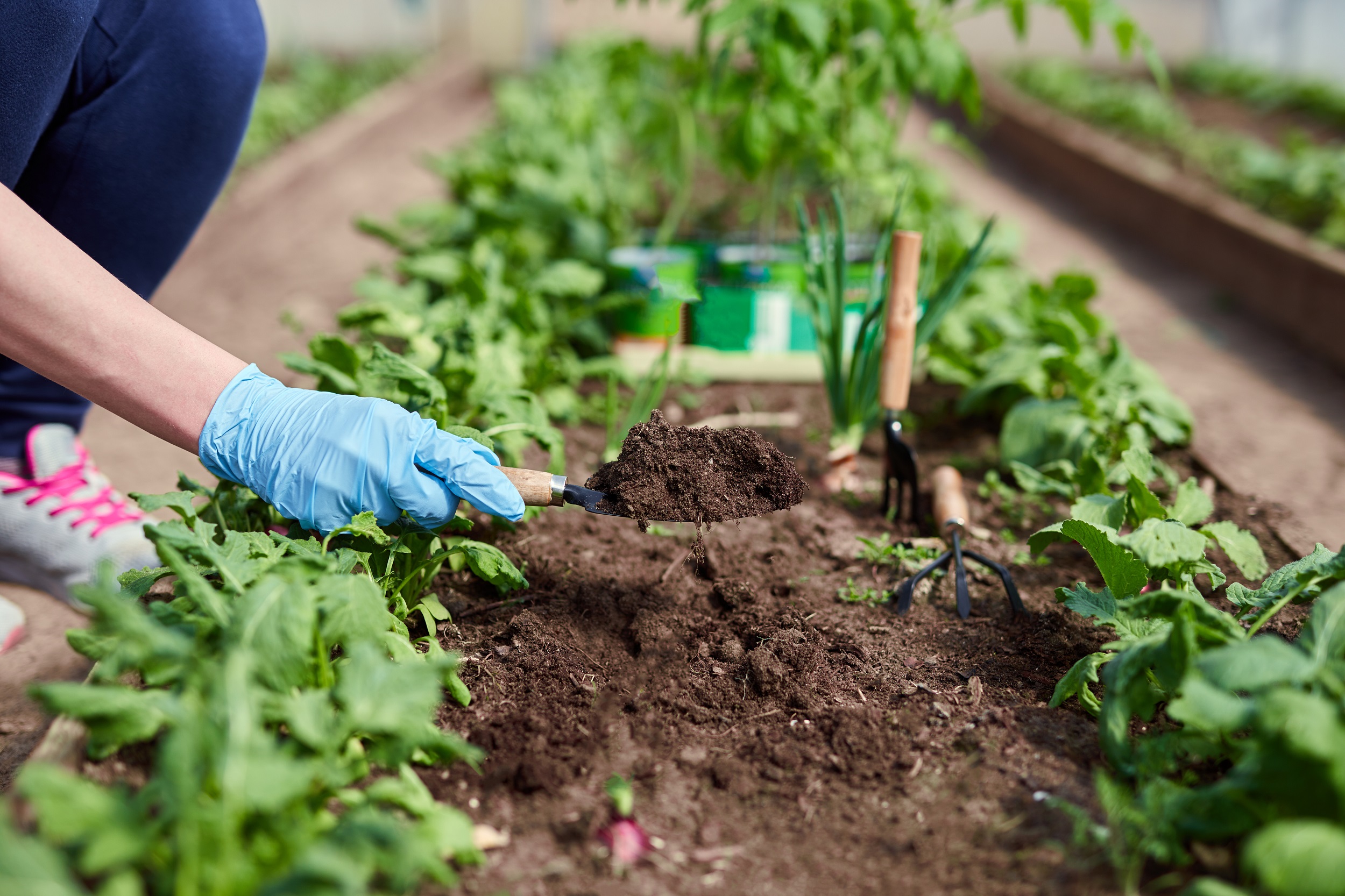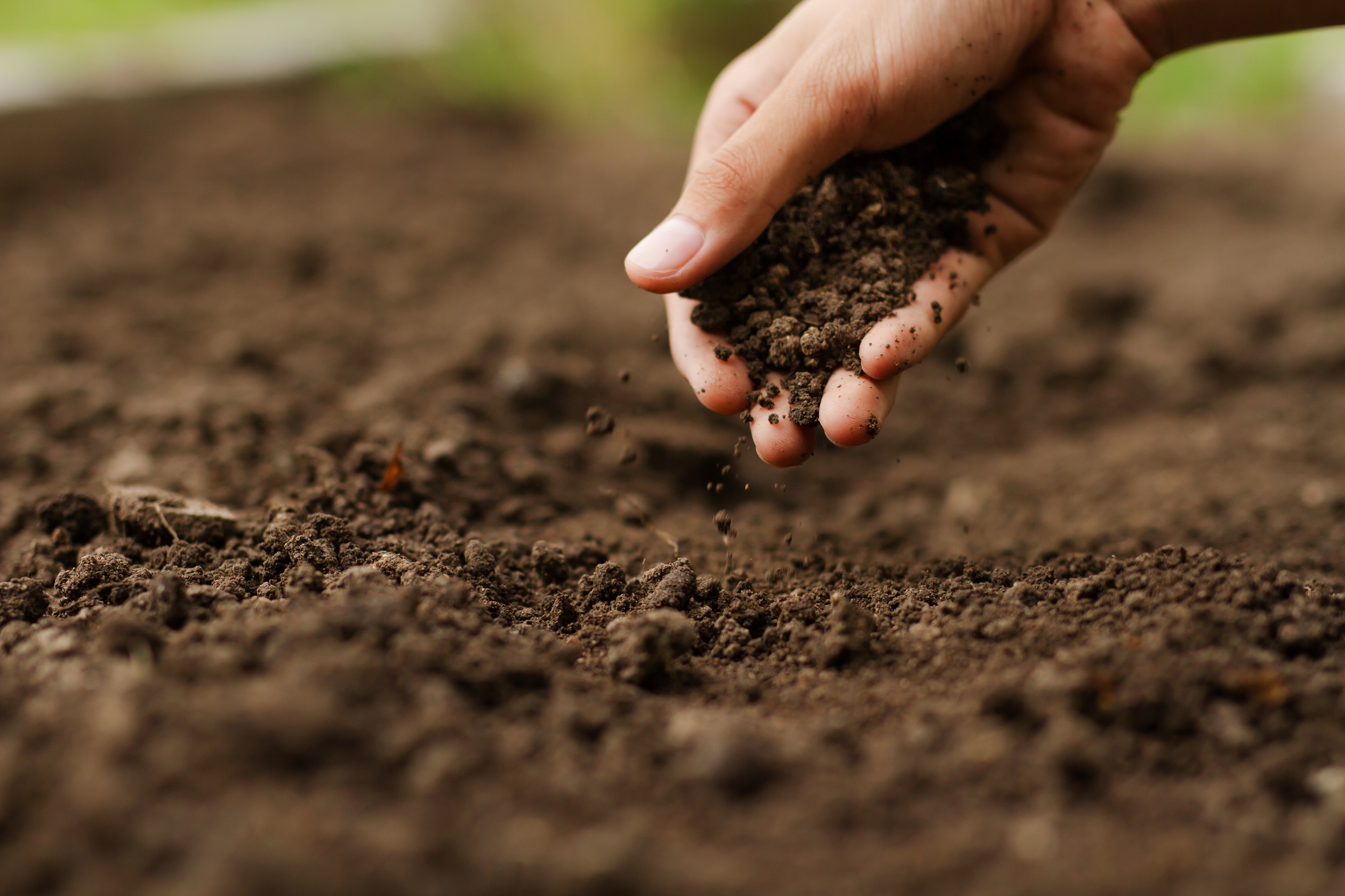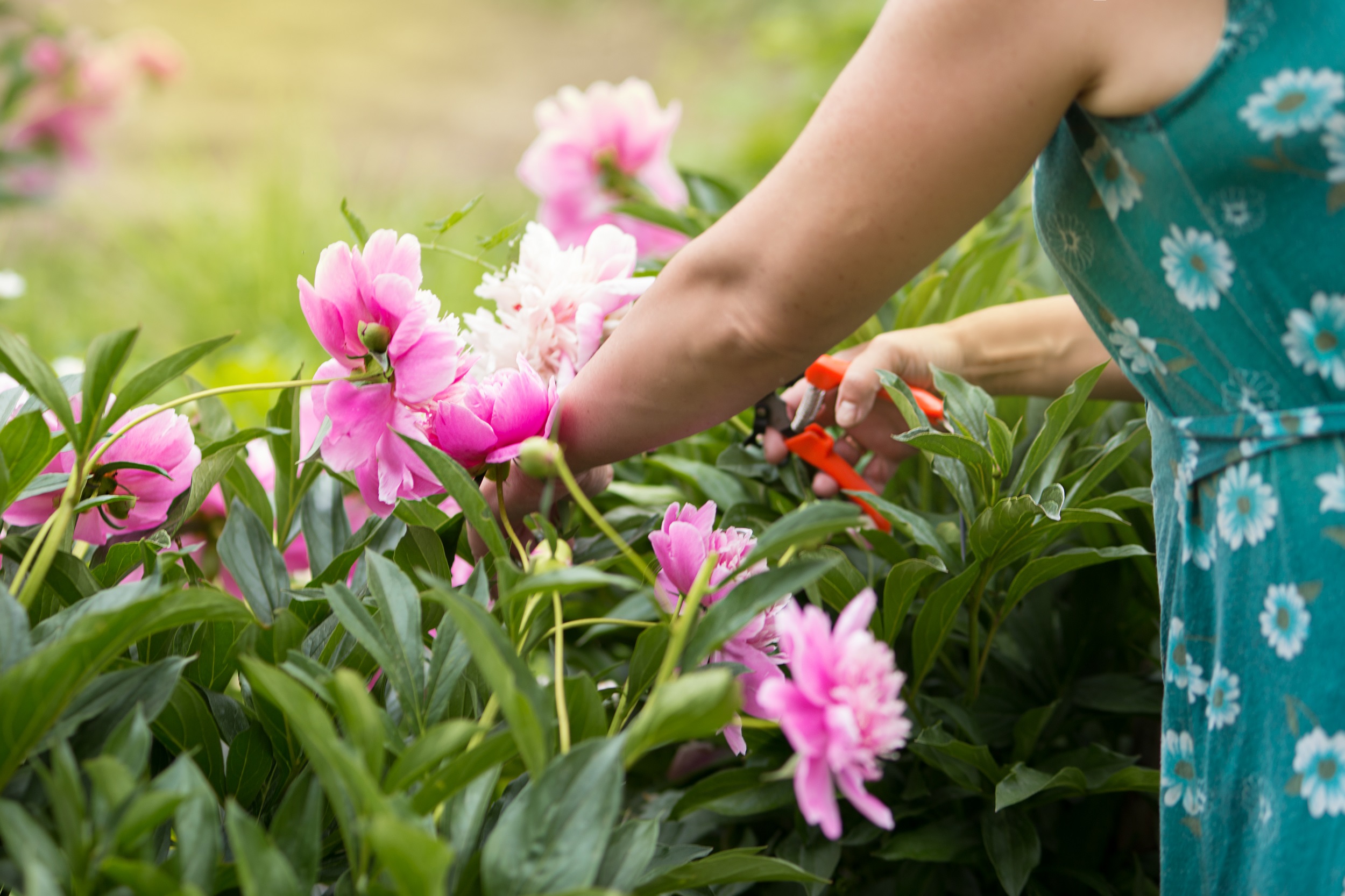Everyone wants to create a perfect yard with a beautiful garden filled to the brim with their favorite vegetables and plants (especially when their neighbors get jealous). However, whether you are an experienced grower or a budding beginner, there are numerous tips to help you create a dream garden.
There are many steps to think about while gardening, and everyone has their own tips and tricks. How do you know who to trust? Well, if you want to learn pro gardening, what better way to improve than reading tips straight from the professionals? Learn the best ways to upgrade your garden and see your skills skyrocket.
Planting tips and tricks

No, you can’t just dig a hole and throw your plants in it. Well, you could, but they would grow terribly. Instead, follow these few tips to make sure you are setting your plants up for success right from the start:
- It’s important to invest in high-quality potting soil. Whether you have orchids or cacti in pots, your initial investment will work wonders in the long-term. Go for the organic stuff with compost for best results.
- A simple trick to immediately set your plants up for success is to start with digging the dirt/soil. The hole should be at least twice as wide but no deeper than the root ball for each plant. Once planted, it’s important to consistently water your garden so your plants establish proper roots.
- How much moisture should you give to keep the plants healthy? One inch of water each week is optimal.
- Each plant is unique, and each one requires different areas to properly grow. Make sure the plants have enough room to spread their roots, and group plants together that have similar attributes, such as watering needs.
Soil and mulch tips and tricks

Think of the soil as the heart of your garden. If your plants are not growing properly, chances are the problem is your soil. Here are two tips to make sure your “heart” is as strong as possible:
- Each new area needs as much love and care as possible. This means tilling the soil and/or adding organic materials like compost. If you soil is the heart of your garden, then the better the soil, the better the garden.
- In spring, one of the best things you can do is apply mulch. This helps control weeds and helps the plants retain water, especially during the dry months. Apply the mulch 2 to 3 inches thick on top of your soil, but do not put it on too thick; the roots can grow shallow.
- Try your best to avoid nonorganic products, such as gravel or rubber mulch. They won’t hurt your plants, but they won’t help either. Some organic options include natural cedar chips or pine bark.
- Once you begin mulching, stick with it. Do not remove a layer of mulch because that will dry out the soil and potentially cause injury to the roots.
Pruning tips and tricks

Pruning is the oft-overlooked part of the gardening process. Most people do not realize that plants need some TLC to look and grow their best. Thankfully, pruning is not difficult. The bottom line? Gently pull with your hands or clip with shears. However, the timing is important. Don’t worry, these tips have got your back:
It can be confusing figuring out when to prune different plants and flowers. For spring-flowering plants, prune them right after they flower. For most summer-flowering plants, the best time is later winter/early spring before they flower.
- Azaleas need to be pruned late spring or early summer right after the blooms have faded. Make sure not to wait too late because pruning in the mid-summer could affect next year’s blooms.
- Boxwoods should be pruned in spring or summer, and avoid pruning in the late summer or fall because new growth has to harden before frost appears. It is best to hand-prune, but shears can be used if you need them.
Gardening can seem like a difficult hobby, especially if you’re starting from zero. Fortunately, with a little help from professionals anyone, from beginners to experienced gardeners, can learn new tips and tricks to make their garden as beautiful as possible.
Editors' Recommendations
- Everything you need to know about choosing the best rocks for landscaping
- Focus on color: Bring some sunshine to your garden with these orange plants
- Do you live in climate zone 2? Here’s what you need to know
- Could electrogardening be the way of the future?
- Climate zone 3 plants that will thrive in cool temperatures




